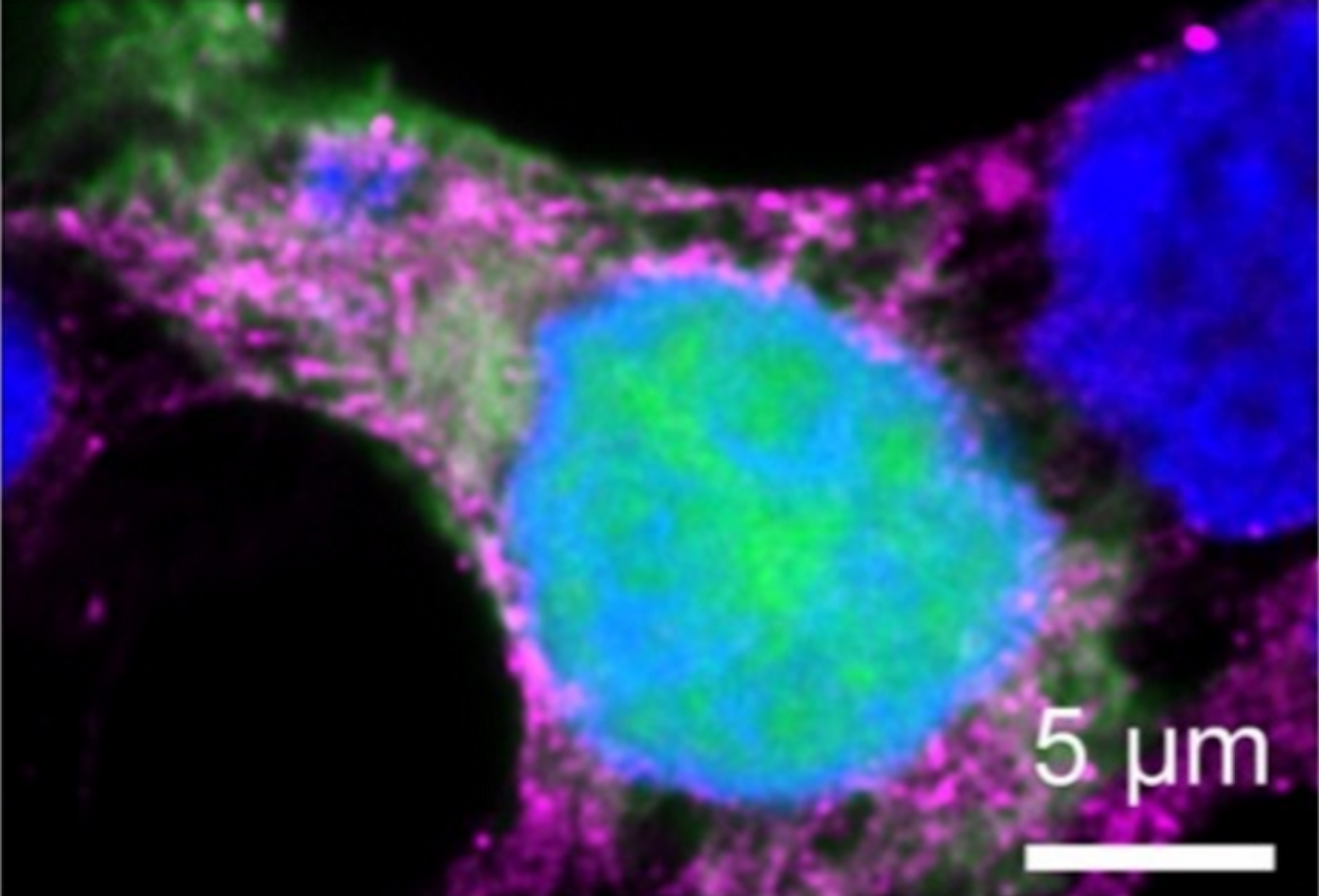Host Cell Proteins That Aid Lassa Virus & A Way to Stop One of Them
Lassa virus infections are asymptomatic in about 80 percent of people. But the virus also causes Lassa fever (LF), which is a hemorrhagic fever that can be deadly in about one percent of infected people. While people can survive the infection, they may be left with long term side effects that include hearing loss. It is also especially hard on pregnant women. The virus can spread easily through contaminated aerosols and feces produced by infected rodents, or through direct contact with body fluids from an infected person.
Outbreaks of Lassa virus have primarily occurred in West Africa. The virus is endemic in a few countries including Ghana, Liberia, Mali, Sierra Leone, and Nigeria. However, there have been cases in other countries. The death of an infant in Luton, UK from Lassa feevr earlier this year serves as a tragic reminder that we cannot assume that a viral disease found in one area will stay confined to that area.
There is only one, controversial treatment for Lassa fever, and there is no vaccine. But now, scientists have revealed more about the proteins in host cells that can help Lassa virus multiply. This work, which has been reported in Proceedings of the National Academy of Sciences (PNAS), may also identify new treatments for the disease.
In this study, the researchers developed a novel strategy to study host cells proteins that aid Lassa virus replication. In proximity proteomics, a protein is linked to an enzyme that labels proteins in the vicinity, so those local proteins, and potential interactors, can be identified more easily. This was combined with a system that mimics the genetic and biochemical processes that accompany replication of the virus.
"Viruses don't operate in isolation; they hijack and require molecules of the cell for their own purposes," said co-corresponding study co-author Erica Ollmann Saphire, PhD.
The scientists found 42 host cell proteins that are probably involved in the replication of Lassa virus. One of those proteins can be targeted by a drug candidate as well; the chemical, CC-90009, degrades the host cell protein GSPT1. CC-90009 is now in the early stages of development as a treatment for acute myeloid leukemia.
Because the methodology employed in this study does not use infectious, live virus, it can be performed in labs that don't have biosafety level 4 certification, noted senior study author Juan Carlos de la Torre, PhD, of Scripps Research, who suggested this system can also be used for other pathogenic viruses. This approach can also identify currently available drugs that can be repurposed, added de la Torre.
Sources: Scripps Research Institute, Proceedings of the National Academy of Sciences









